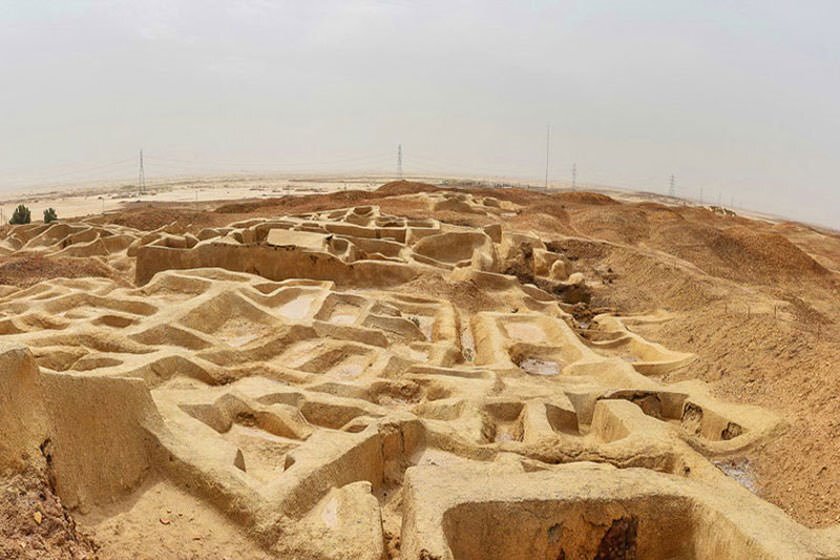Burnt City: archaeologists to re-excavate site Elamite tablet unearthed last year

TEHRAN - An archaeological team is to conduct a follow-up excavation on a site in the UNESCO-registered Burnt City, where an Elamite clay tablet was unearthed last year.
“We have scheduled to start a fresh excavation season on Shahr-e Sukhteh in the month of Bahman (Jan. 21, 2023 –Feb. 19),” senior Iranian archaeologist Seyyed-Mansour Seyyed-Sajjadi said on Thursday.
“Last year, one of our most important discoveries was an accounting [clay] tablet, which was found in an eastern residential neighborhood,” Seyyed-Sajjadi said.
It was the second tablet (an accounting document) found in Shahr-e Sukhteh over the past fifty years. So, due to its significance, the site will undergo a new excavation.”
Founded around 3200 BC, Burnt City was populated during four main periods up to 1800 BC. Previous rounds of excavations showed that its residents had great skills in weaving, and creating fine arts such as decorative objects, stone carving, and pottery painting.
According to Seyyed-Sajjadi, the rare discovery has provided subtle clues about the interaction between the eastern and western sides of the Iranian plateau during prehistorical times.
The discovery of such [clay] tablets is not bizarre in the western regions of Iran, but the point is that archaeologists have never made such a unique discovery in the easternmost point of the Lut Plain and southeastern Iran.
Measuring 11 by seven centimeters, the tablet was found by archaeologist Hossein Moradi some four meters below the surface in the Room 27th of a once-residential area. “The clay tablet bears some signs, some of which depict the types and quantity of shipped goods… it also has signs that are still unfamiliar to us.”

Situated in a region inside the modern-day provinces of Ilam and Khuzestan, Elam was one of the most impressive civilizations of the ancient world. It was never a cohesive ethnic kingdom or polity but rather a federation of different tribes governed at various times by cities such as Susa, Anshan, and Shimashki until it was united during the Middle Elamite Period, briefly, as an empire.
Elamite language is an extinct language spoken by the Elamites in the ancient country of Elam, which included the region from the Mesopotamian plain to the Iranian Plateau. According to Britannica, Elamite documents from three historical periods have been found. The earliest Elamite writings are in a figurative or pictographic script and date from the middle of the 3rd millennium BC.
AFM
Leave a Comment